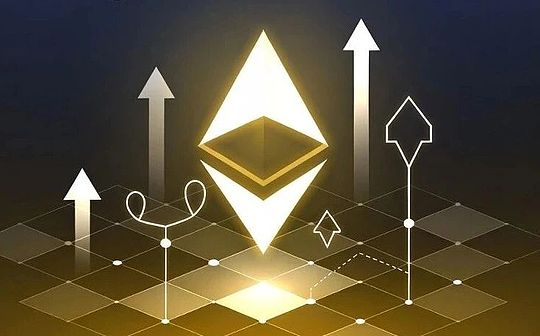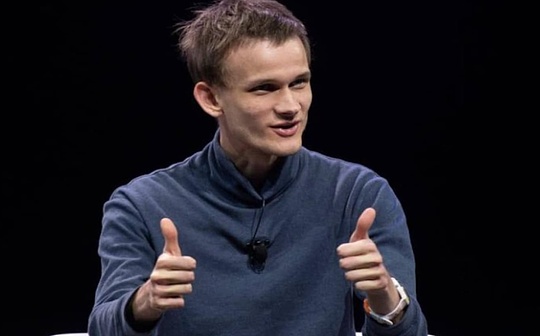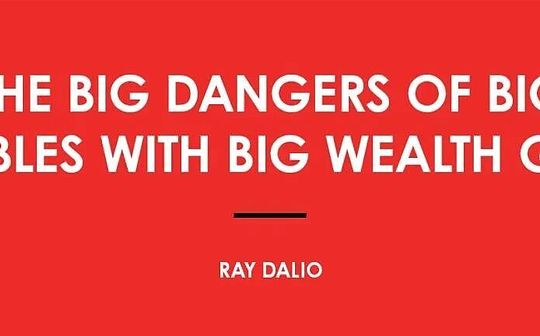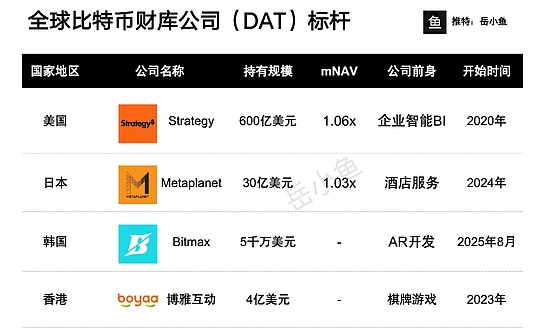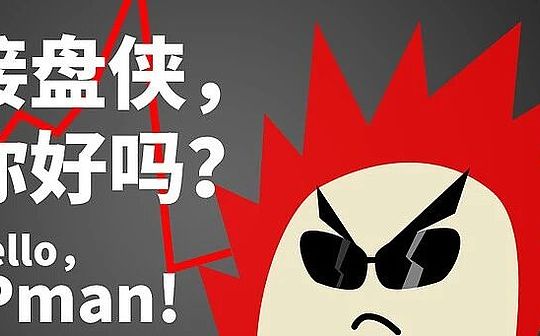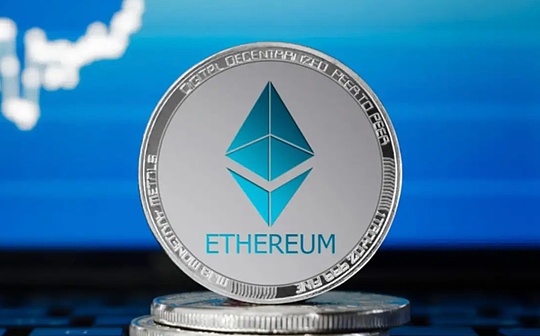
Author: Christine Kim, Vice President of Research at Galaxy Digital; Translation: Bitchain Vision xiaozou
What is Ethereum?Ethereum is the most decentralized, valuable and mature general blockchain in the world.Although Ethereum is first and foremost a technology, this year’s Ethereum Developer Conference Devcon focuses on Ethereum as a concept and focuses on how much the principles and values that promote the development of Ethereum protocols have changed over the years.
1. A bad year for Ethereum
From the perspective of ETH price and market sentiment, 2024 has been an extremely challenging year.
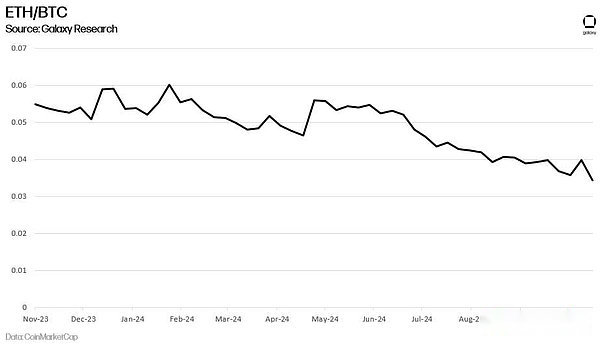
Many critics of Ethereum believe that over time, the decentralization, trustworthy neutrality and censorship-resistant cypherpunk values of the Ethereum community have declined and have even been completely abandoned.Even within the Ethereum community, differences in values have sparked debate in Pectra’s escalation decision making and sparked heated debate on X on topics such as blob fee markets and issuances.
Although Devcon 7 shows a lot of technological innovations and announcements, none of them can provide the community with clear information about Ethereum’s long-term value and narrative.The most anticipated announcement of the week shared by Ethereum Foundation researcher Justin Drake, is the launch of Beam Chain, a radical proposal to overhaul the current consensus protocol of Ethereum.
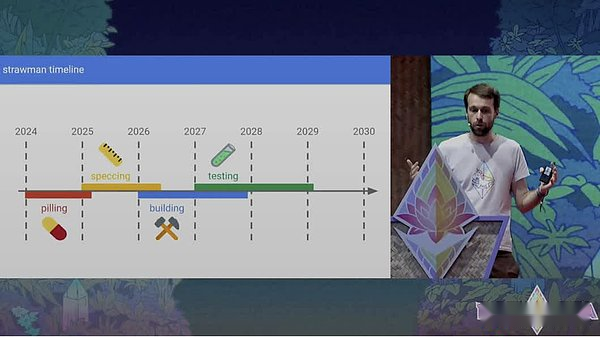
Although Drake details several new technical features designed to enhance Ethereum and L2 capabilities, the proposal lacks extensive community support and fails to provide a “Polaris” (a forward-looking goal) to give stakeholders a similarExcited by the Ethereum Merge transition from Ethereum to proof of stake.
Merge has been the North Star of Ethereum for several years.This is a technological upgrade, rooted in environmentalist and decentralized values that almost entire communities recognize.Since the Ethereum merger, no technological upgrade has clearly consistent values with Ethereum, which in turn has led to chaos and disputes among Ethereum stakeholders about how Ethereum should actually develop as a technology.
2. What is Ethereum?
In addition to a series of technical announcements, the idea proposed on Devcon about how to build Ethereum and how to build Ethereum in a way that promotes decentralization and trustworthy neutral values greatly inspired Devcon attendees.Although all speakers have put forward a slightly different philosophy about Ethereum, they all have a common basic belief, namelyEthereum is the pursuit of creating a transparent system that requires no permission and minimizes trust in order to improve human well-being.
If you have ever had doubts about Ethereum’s cypherpunk values inspire innovation, Devcon 7’s conversation emphasizes that these values are still at the heart of Ethereum’s philosophy.When asked about the trade-off between decentralization and performance, all four members of the Ethereum Values and Ethos Alignment group reiterated the importance of decentralization in performance andAbove scalability.
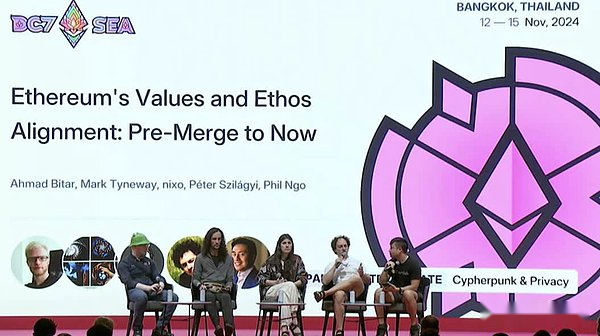
In his keynote speech, Philip Daian, co-founder of Flashbots, talked about four features of “Ethereum 3.0” that cannot be compromised anyway.They include: permissionless, distributed, geoeconomic dedispersion and truly neutral builders.Daian asked the Ethereum community to refocus and promote and enhance geographical diversity and license-free design in all verticals of the Ethereum technology stack, rather than focusing all on other goals such as promoting large-scale adoption through improved user experience.

“The problem is that if you focus solely on user experience, it’s going to be very bad. I think that’s why ETH value is zeroed. This will destroy the decentralized system we’ve created so that we can be easily exploited and re-formed.A system of avoidance,” Daian said in his keynote speech.In his keynote, Martin Koeppelmann, co-founder of Gnosis, proposed the concept of “native rollup”, that is, rollup built on Ethereum values such as decentralized features and trustworthiness neutrality.From a practical point of view, for Koeppelmann this means not using multi-signatures (multi-sig) that controls the key functions of rollups, deploying multiple rollup proof systems, and strictly testing the rollup code base (i.e. “There are thousands of them”.Eyes review every line of code”), just like Ethereum.
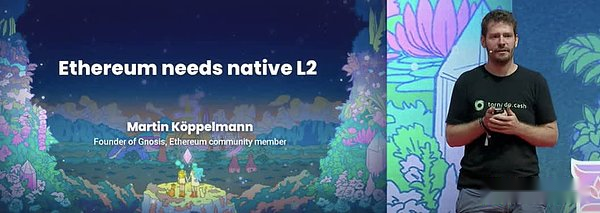
Finally, Devcon programming, which lasts all day, is dedicated to exploring the concept of defensive acceleration or “d/acc”.In the words of creator Vitalik Buterin, “d/acc is an idea, a set of technologies and protocols for building technologies that make human agents their means and purposes. Every technology we create should point to humans.Shared freedom and happiness.” Many Devcon attendees received a brochure on the concept of d/acc as part of the conference souvenir and on the last day of the conference, they also received a small report on the future development of the Ethereum protocol.Booklet, both manuals were written by Vitalik Buterin.

Both the manual and programming of Devcon 7 emphasize common ideas among Ethereum developers rather than sharing technology roadmaps.Compared to any innovation, upcoming upgrades or development teams in the Ethereum ecosystem, the most eye-catching “Polaris” proposed at the conference is to build a transparent system that requires no permission and minimizes trust to improve human well-being.It is the common wish of the participants.

